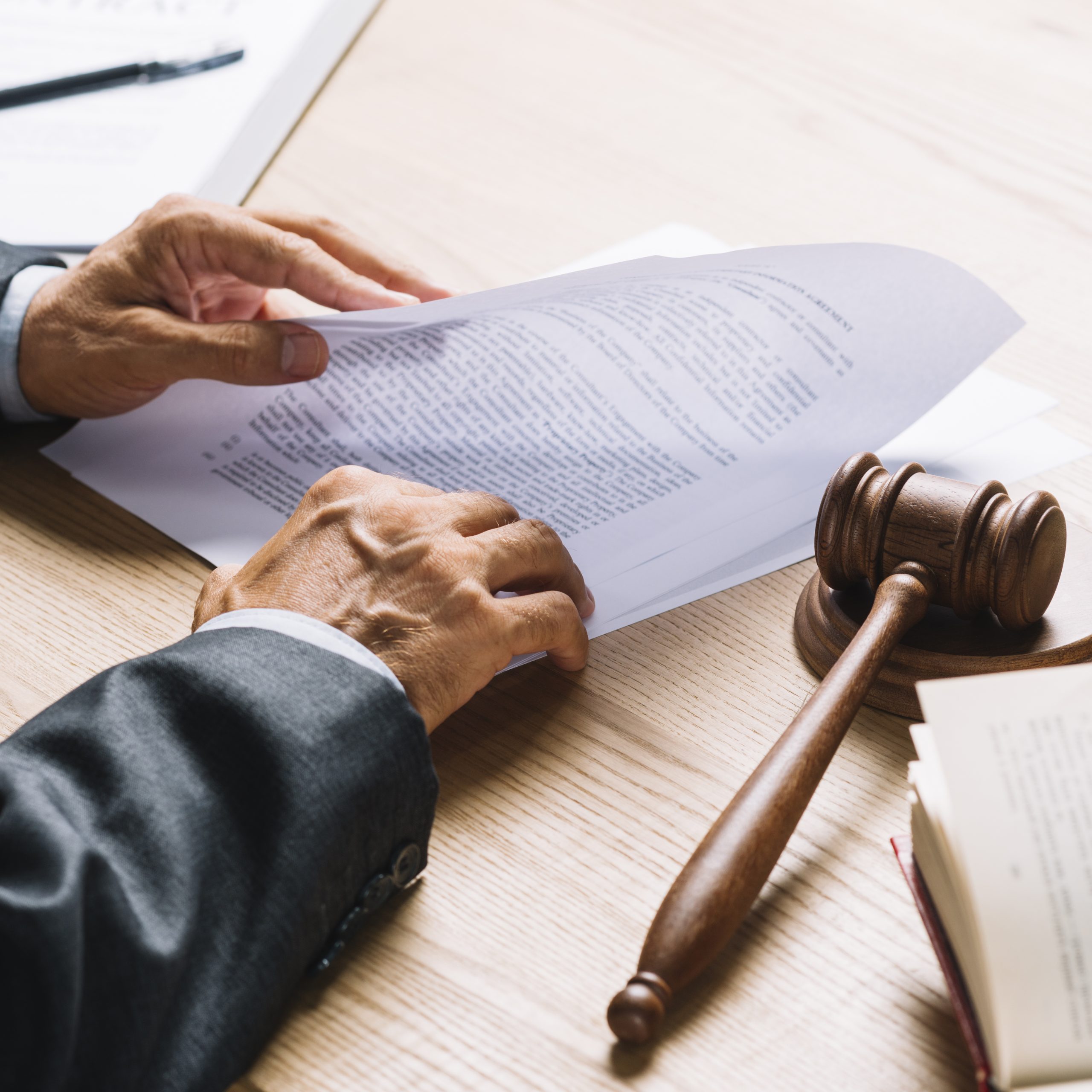By Ikshita Parihar from Aureus Law Partners
The term Public Interest Litigation (“PIL”) has been devised for litigation by public spirited citizens for enforcement of constitutional and legal rights of any person or group of persons in public or social interest, under Article 32 & 226 of the Constitution of India. Such litigation has led to judicial activism and has proved to be advantageous in the development of a welfare society; for instance:
i) Smoking in public places was banned by the Supreme Court while hearing a PIL
ii) the Supreme Court also ordered the closure of tanneries at Kanpur that were polluting river Ganga, in a PIL filed by a renowned social worker Mr. M.C. Mehta
iii) The Supreme Court recognized the fundamental right to a speedy trial and passed an order of general release of undertrial prisoners in Bihar, in the first ever PIL.
General principles of PIL:
-
Any member of the public can approach the Supreme Court or the High Court for enforcing constitutional or legal rights of other persons or the public at large; provided he has sufficient interest and is acting bona fide and not for personal gain or political motives or other oblique considerations.
-
The Supreme Court in the case of Bandhu Mukti Morcha v. Union of India, further widened the scope by permitting PIL through a letter. The Supreme Court Guidelines specifies the following cases where a letter petition cannot be entertained as PIL:
-
Landlord-tenant matters
-
Service matters
-
Matters pertaining to pension and gratuity
-
Complaints against Central and State government departments and Local Bodies except those relating to items 1 to 10 mentioned in the list of guidelines
-
Admission to medical and other educational institutions
-
Petitions for early hearing of cases pending in High Court or subordinate courts
Further, these letter petitions will first be processed by Public Interest Litigation Cell, once a letter petition is approved, the same shall be placed before the Public Interest Litigation Bench.
-
The courts will prima facie verify the credentials of the petitioner before entertaining a PIL.
-
The court should be prima facie satisfied regarding the correctness of the contents of the petition before entertaining a PIL.
-
The court should be fully satisfied that substantial public interest is involved before entertaining the petition.
-
The court should ensure that the petition which involves larger public interest, gravity and urgency must be given priority over other petitions.
-
Every High Court is supposed to formulate rules for encouraging genuine PIL and discouraging PIL filed for oblique motives.
-
A PIL is filed under Writ Jurisdiction therefore, it can only be filed against “the State” under Article 12 of the Constitution of India. It includes Government and the Parliament of India and the Government and the Legislature of each of the States and all local and other authorities within the territory of India or under the control of the Government of India.
Procedure to file a PIL
|
1. |
The Supreme Court of India |
i) An informal written document, email, letter etc. can account for a PIL in appropriate cases or ii) A PIL is filed under Writ Jurisdiction i.e. under Article 32 of the Constitution of India. The petitioner shall disclose: (a) his full name, complete postal address, e-mail address, phone number, proof regarding personal identification, occupation and annual income, PAN number and National Unique Identity Card number, if any; (b) the facts constituting the cause of action; (c) the nature of injury caused or likely to be caused to the public; (d) the nature and extent of personal interest, if any, of the petitioner (s); (e) details regarding any civil, criminal or revenue litigation, involving the petitioner or any of the petitioners, which has or could have a legal nexus with the issue (s) involved in the Public Interest Litigation; and (f) whether the concerned Government Authority was moved for relief (s) sought in the petition and if so, with what result. Petitioner shall also file an affidavit stating that there is no personal gain, private motive or oblique reason in filing the Public Interest Litigation. Note: The Court may impose exemplary costs on the petitioner (s) if it finds that the petition was frivolous or instituted with oblique or mala fide motive or lacks bona fides.
|
|
2. |
The High Courts |
i) An informal written document, email, letter etc. can account for a PIL in appropriate cases or ii) A PIL is filed under Writ Jurisdiction i.e. under Article 226 of the Constitution of India. In pursuance of the direction given in the case of State of Uttaranchal v. Balwant Singh Chaufal, each High Court has formulated different rules for ascertaining the genuineness of a PIL and the same can be accessed on their respective websites. |
While a PIL is a substantially important tool in the hands of various NGOs, social workers and even the general public the same must not be abused or filed frivolously. It is imperative to undertake thorough research on the public injury issue and the people or the community affected by it, before filing any PIL.







